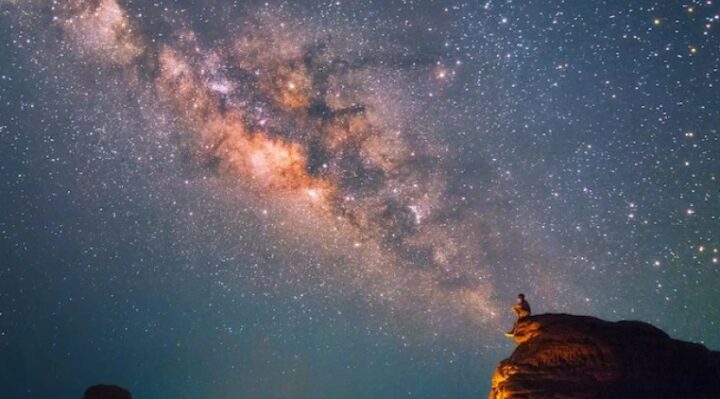
NGC 5468 has been the focus of a complementary observation by two major deep space telescopes, the James Webb Space Telescope and the Hubble Space Telescope. The spiral galaxy, which is 130 million light years away, is the most distant galaxy to have Cepheid variable stars. Astronomical distances can be determined thanks to these stars’ assistance in the construction of a cosmic distance ladder.
NGC 5468 is about 130 million lightyears away. Through a combination of Hubble and Webb space telescope studies, astronomers have created an image of the object. This galaxy is the closest known to host Cepheid variable stars, which are important indicators of cosmic distances. It is hard to determine the distances to galaxies since space lacks context and references. It’s like trying to estimate the distance to a city on Earth while flying overhead at night.
Cepheid variable stars are consistently bright objects, and their distances may be calculated using the inverse square rule of light. Type Ia supernovae, which additionally act as cosmic milestone markers, have been cross-referenced with the distances estimated using Cepheid variable stars. However, compared to Cepheids, Type Ia supernovae are much brighter and can be used to measure longer distances.
The largest cosmological question that remains unanswered:
One of the primary challenges in cosmology is the mismatch between the observed and theoretical rates of cosmic expansion. Astronomers can resolve this gap by using these objects, sometimes referred to as standard candles, which have known luminosities. After the Big Bang, scientists initially thought that the universe expanded energetically, with the expectation that this expansion would slow down over time. But in the late 1990s, several scientific teams that had been watching standard candles came to the unexpected conclusion that the universe was expanding faster rather than slower.
Researchers have discovered evidence of a cosmic link between the universe’s expansion rate and the masses of supermassive black holes. The mystery is further complicated by the discovery. The Hubble Tension theory and the values measured by astronomical sensors disagree, despite astronomers’ belief that dark energy is the primary force behind the universe’s acceleration of expansion.


